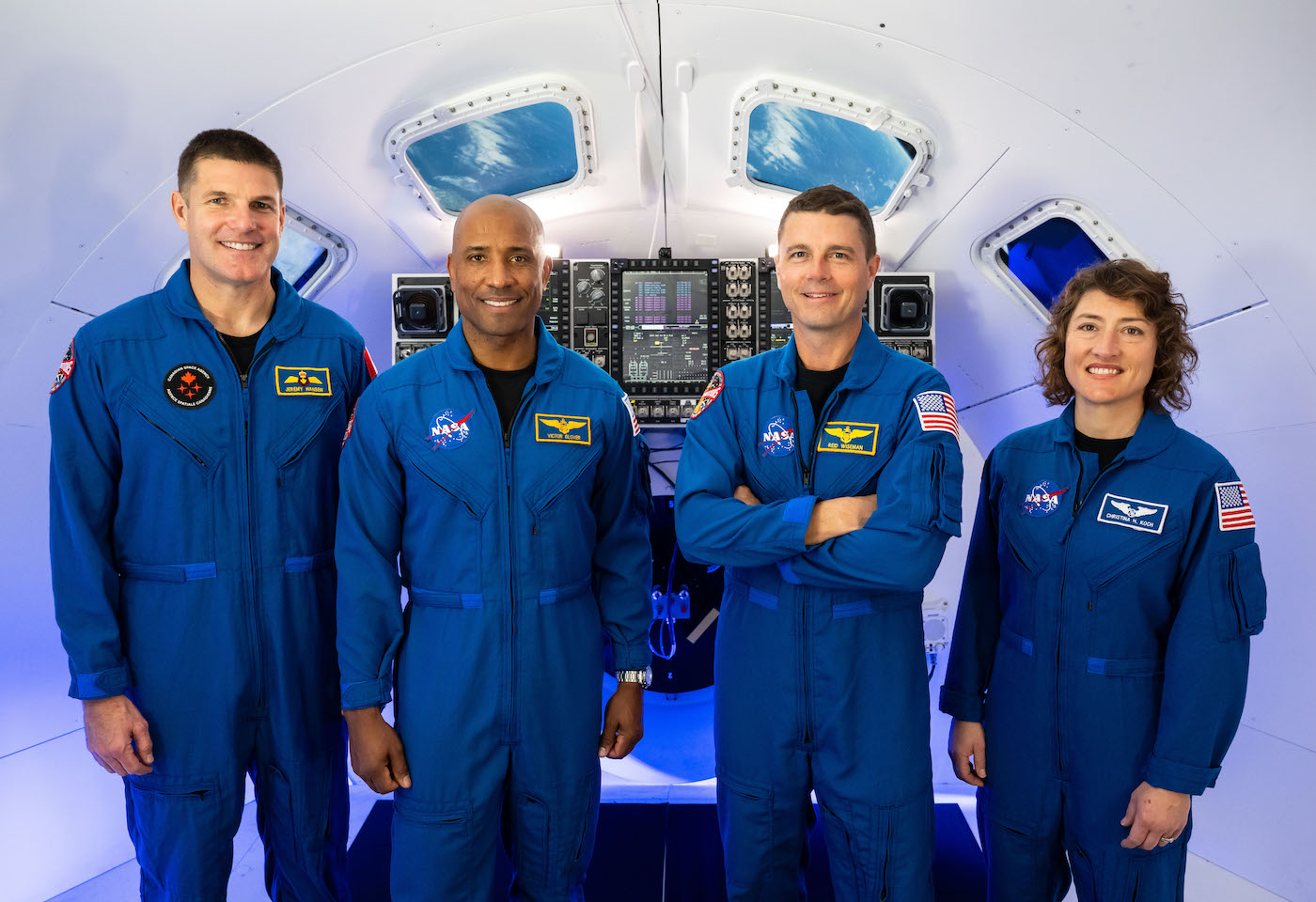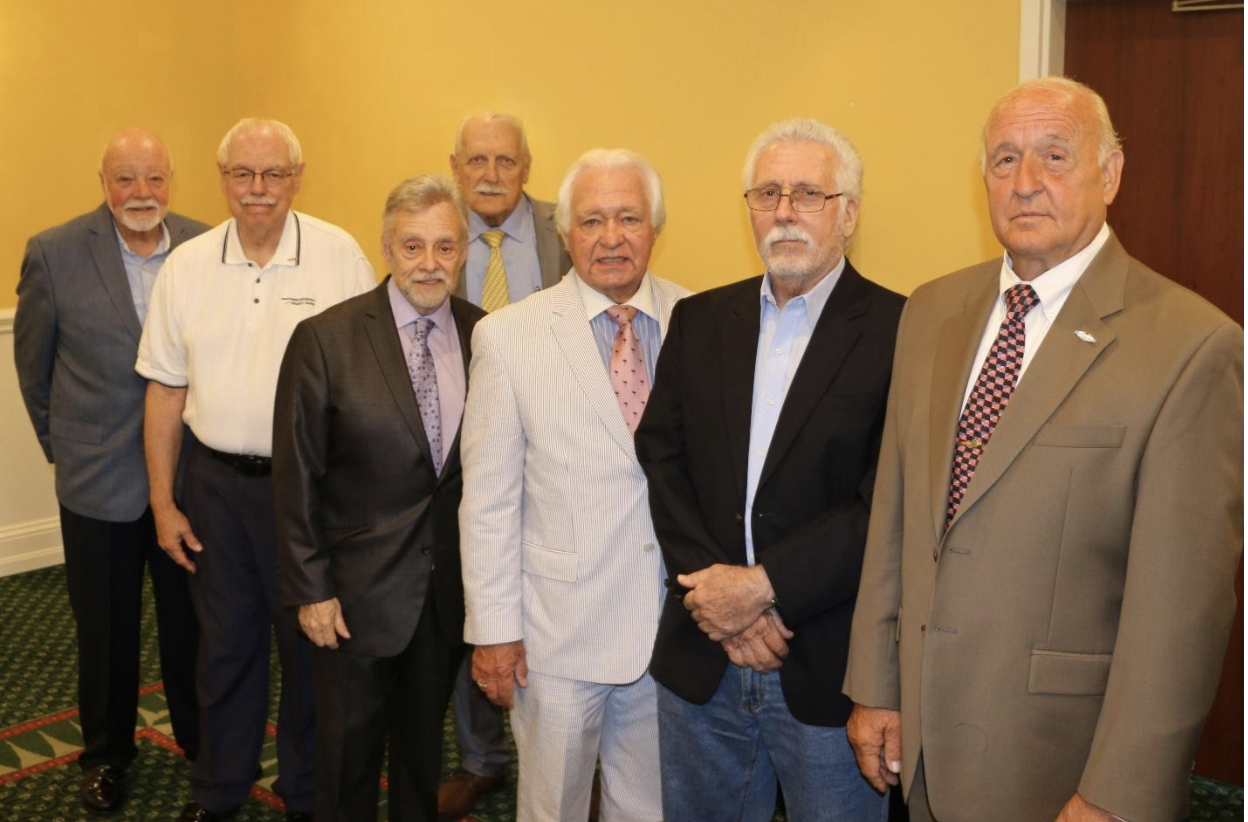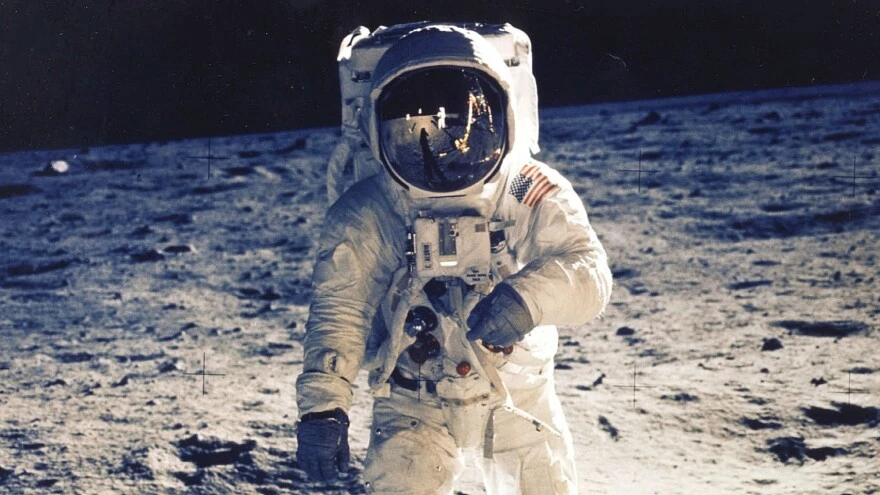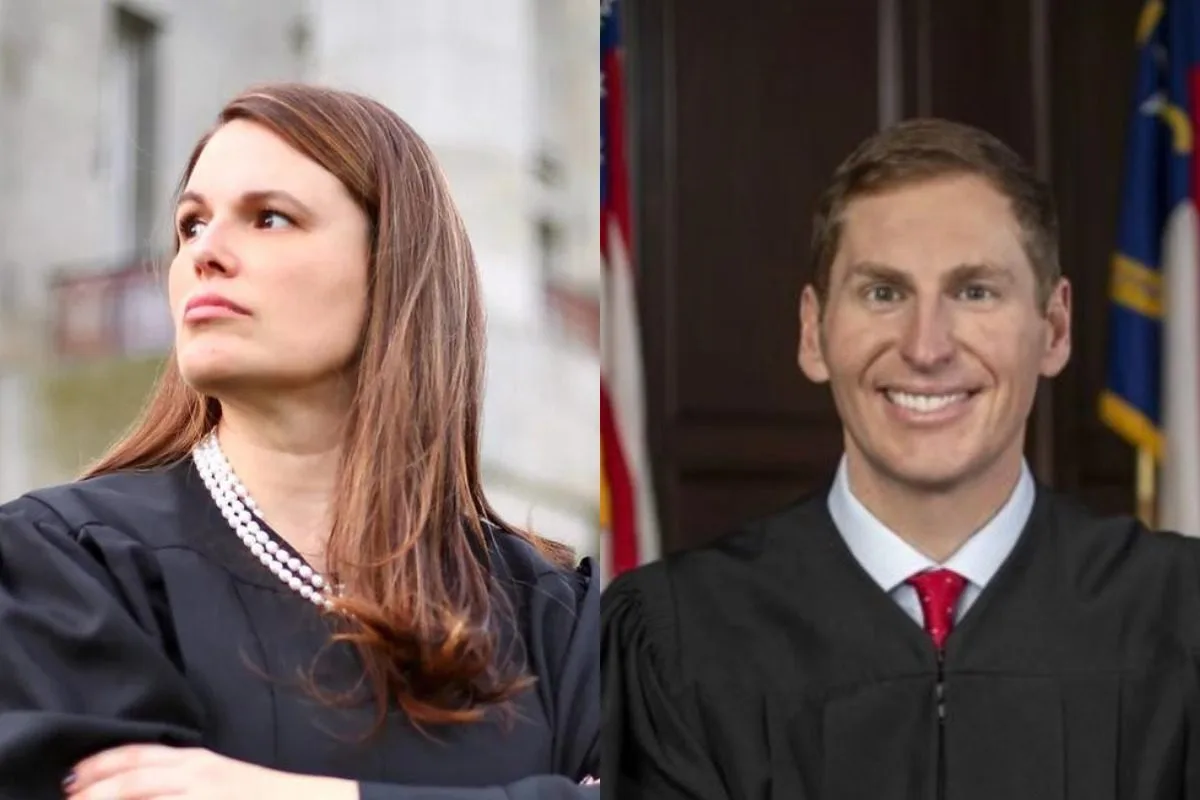The 1969 moon landing was a remarkable display of human invention, intelligence, and drive that both amazed and inspired. More than 50 years after Neil Armstrong, Edwin "Buzz" Aldrin, and Michael Collins completed their historic Apollo 11 mission, we're still captivated by what transpired before, during, and after that first "small step for man." Look forward to discovering 20 photographs and anecdotes from this historic event.
Apollo 11 crew announced:

On January 9, 1969, the world learnt the identities of the three astronauts who would make up the crew of the Apollo 11 lunar landing mission. Buzz Aldrin (left), commander Neil Armstrong (center), and command module pilot Michael Collins (right), all with extensive flying and NASA mission experience, would launch into history just over six months later. However, the guys had never worked together before, and Collins stated that in order to prepare for the mission, they embarked on an "almost frantic" training program. "We were all business," he stated. It was hard work and we felt the weight of the world.
Rock collectors:
Earth contains several landscapes comparable to those on the moon, and fortunately for the astronauts, scientists, and engineers engaged in the Apollo 11 mission, one of those seemingly strange lunar settings was found in Sierra Blanca, west Texas. NASA sought to help the astronauts develop "muscle memory" for taking samples so that they could do it easily when they arrived to the moon. In this February 1969 snapshot, Buzz Aldrin (left) photographs a rock on the ground while Neil Armstrong gathers a sample.
Backup members:

What would have occurred if Neil Armstrong had become unwell before the launch date, or Buzz Aldrin had an accident? Not surprisingly, NASA has backup crews prepared and ready to take over so that critical and costly missions are less likely to be delayed or cancelled. Backup crews were typically offered the opportunity to command future missions, as was the case with Apollo 11 backup lunar module pilot Fred Haise Jr. and commander James Lovell, who are shown here rehearsing for an altitude test in March 1969. They went on to crew the Apollo 13 mission, but they didn't get to walk on the moon because an explosion in orbit wrecked their service module, almost preventing them from returning to Earth.
Historic images:
To photograph the momentous moon landing and the moment Neil Armstrong and Buzz Aldrin landed on the lunar surface, a very unique video camera had to be created. Stanley Lebar, a Westinghouse engineer, successfully designed a camera that was light enough to travel and operate while being sturdy enough to withstand high temperatures in space and capture discernible photos in low-light circumstances. The black-and-white camera weighed just 3.2 kilos (seven pounds), and a copy is on exhibit at the National Air and Space Museum. Moon’s original camera is still in place.
The third man:
Michael Collins, the command module pilot depicted here performing a practice exercise a month before the Apollo 11 mission, is less well-known than Neil Armstrong and Buzz Aldrin, but as crucial. While the other two men descended in their lunar module, Collins remained in orbit about 100 kilometers (65 miles) above the moon's surface, ready to rescue his crewmates if they were unable to reach adequate altitude and prepared to return without them if disaster happened. Collins admitted to having a "secret terror" that the mission would fail and blame would fall on him, but months of rehearsal and training allowed the team complete it safely and effectively.
Sky-high demo:
/https://tf-cmsv2-smithsonianmag-media.s3.amazonaws.com/filer/10/2e/102e8b66-072f-4f48-a577-d89f6dfde070/gettyimages-695984462-web.jpg)
The preparations for the Apollo 11 launch were critical not only for the astronauts, but also for the estimated 400,000 men and women who worked on the Apollo program, including mission controllers, contractors, engineers, mathematicians, scientists, and medical personnel. Personnel atop the Mobile Service Structure observe from a height of 122 metres (402 feet) as the tower is moved away from the Apollo 11 spacecraft during a countdown demo test days before launch.
Moon-bound:
The crew awoke at 4 a.m. on July 16, 1969, the day of launch. They ate steak, eggs, bread, juice, and coffee for breakfast before embarking on their historic 9:32 a.m. departure. The Apollo 11 team—Neil Armstrong, Michael Collins, and Buzz Aldrin—is pictured leaving for the launch pad with ventilation units so that they may breathe clean oxygen from the fitting room until they were linked up to the spacecraft oxygen supply.
All eyes on the sky:

Spectators crowded around department store TV screens, watched with their families at home and colleagues at work, and even camped out on Florida beaches days in advance to witness the launch of Apollo 11. At Kennedy Space Center, interested and thrilled observers, including former President Lyndon B. Johnson and then-Vice President Spiro Agnew, witnessed the launch live. Johnson was one of a long series of US presidents who tried to win the "space race," and he emphasized his tense anticipation the day before the launch, saying, in my opinion no human could be as concerned or troubled until splashdown as I am or have been.
.

